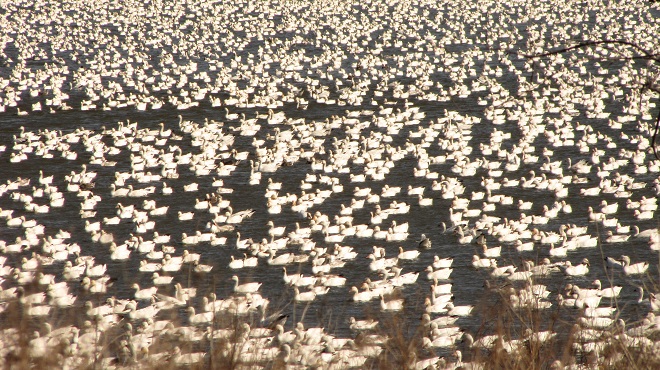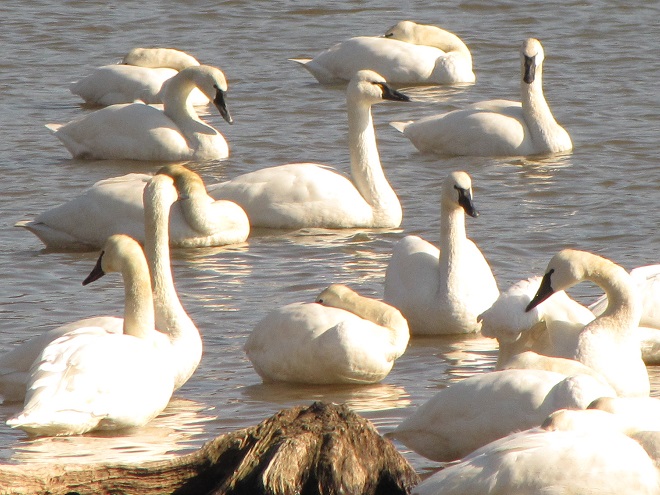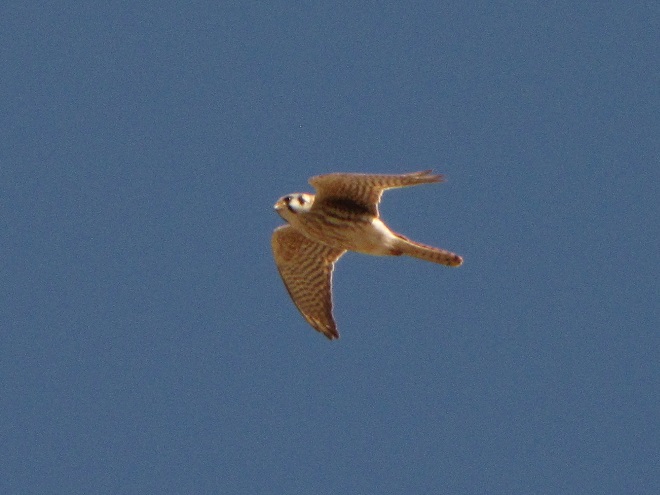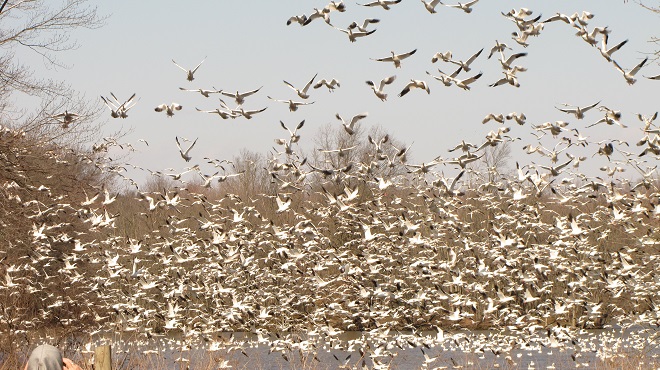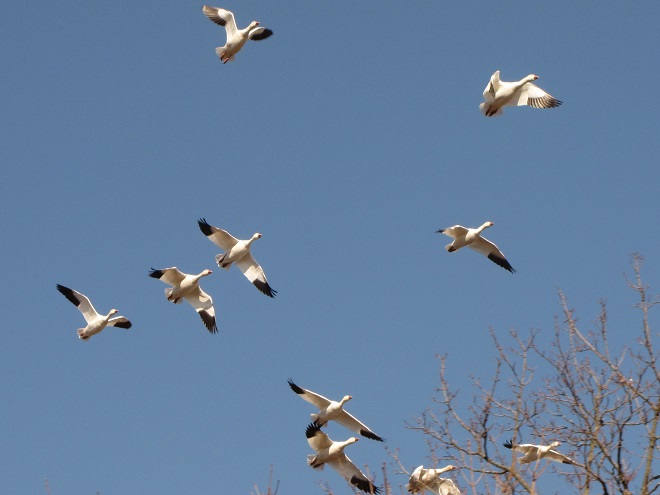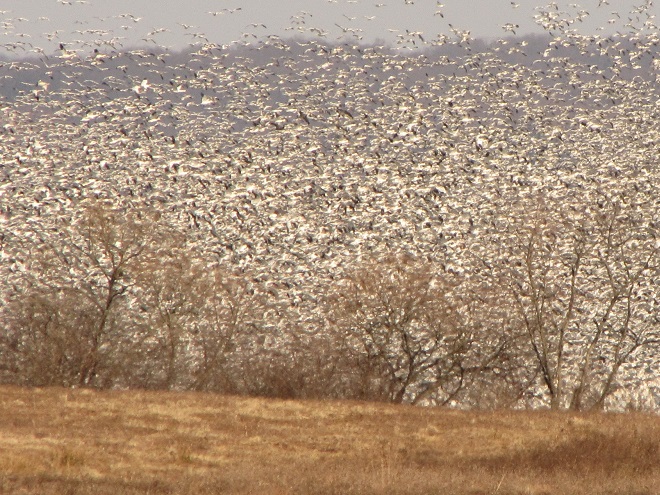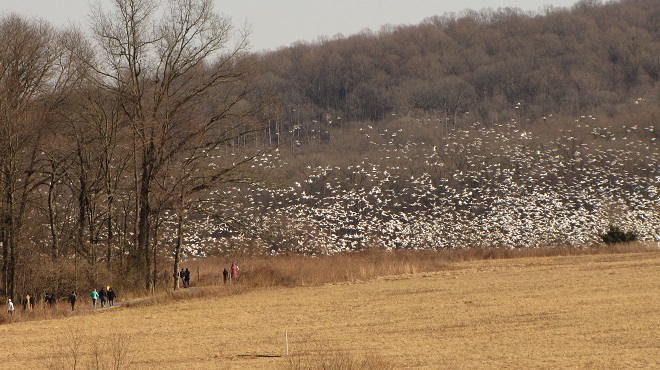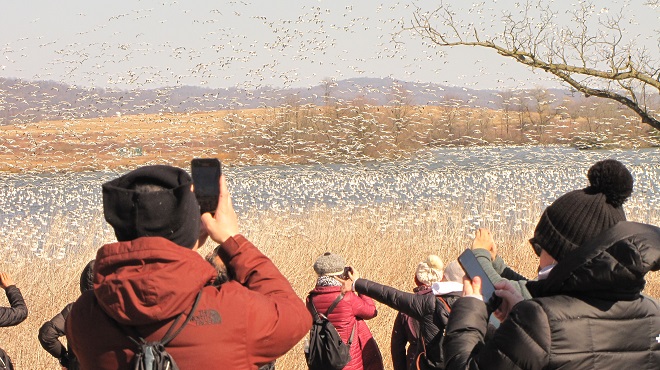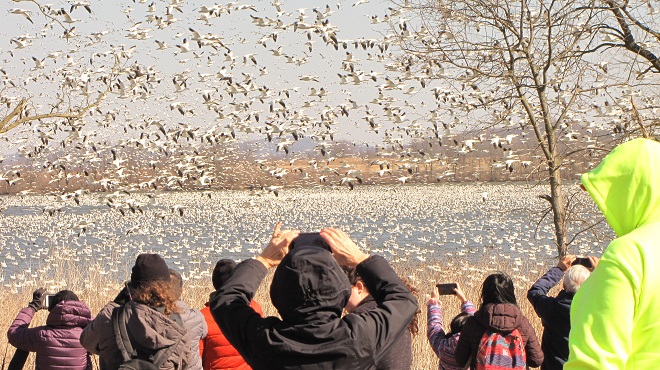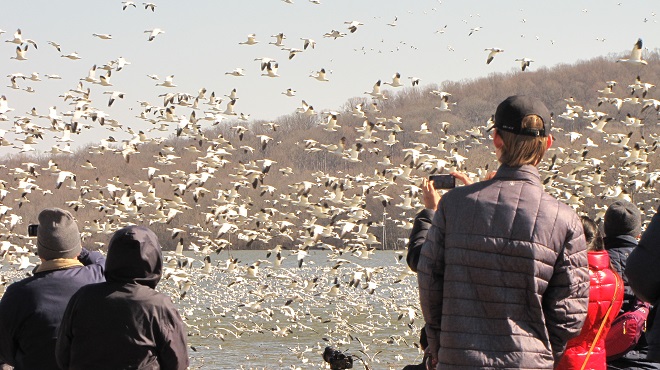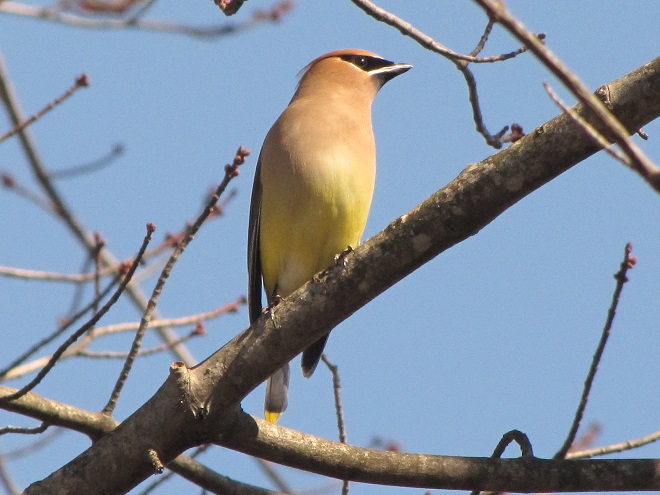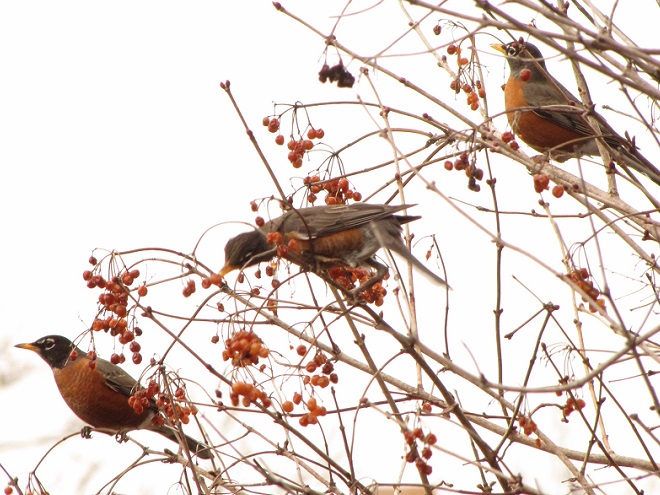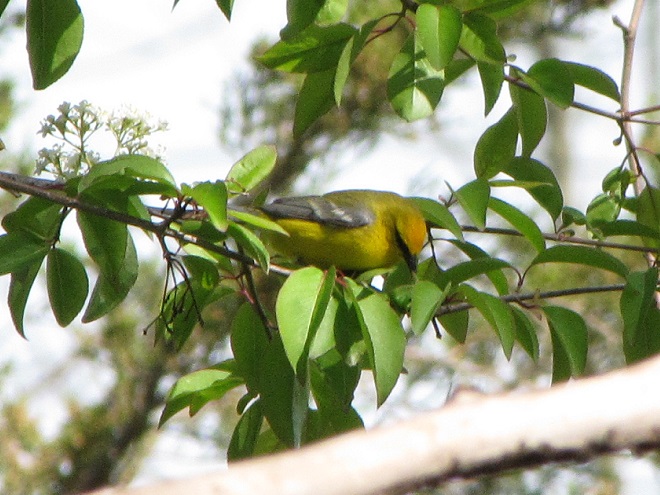
Photo of the Day


LIFE IN THE LOWER SUSQUEHANNA RIVER WATERSHED
A Natural History of Conewago Falls—The Waters of Three Mile Island


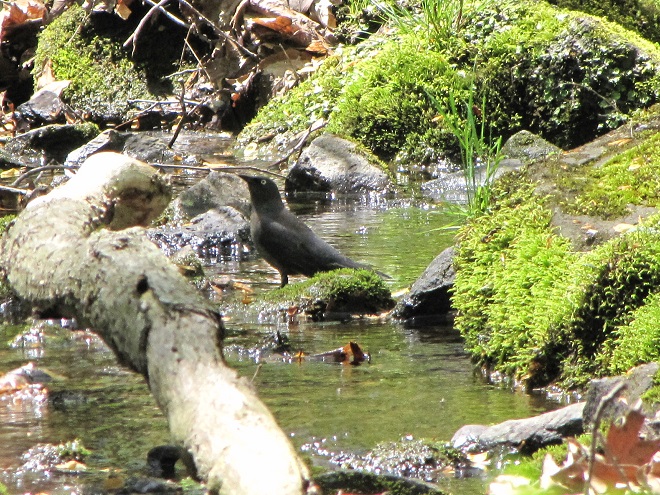
National Weather Service radar showed a sizeable nocturnal flight of migrating birds early this morning. Let’s go for a short stroll and see what’s around.

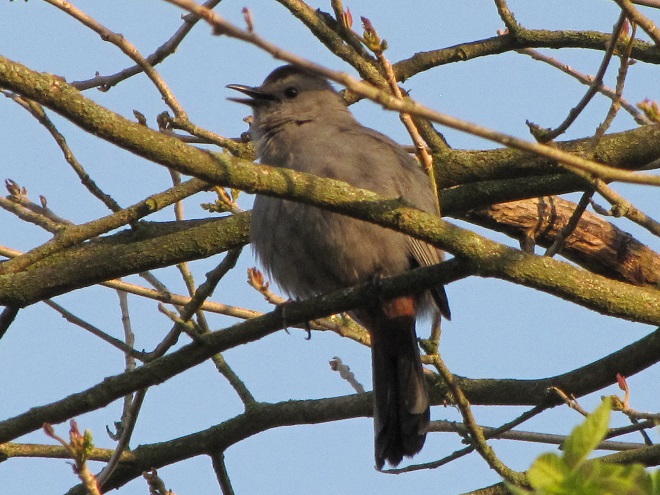
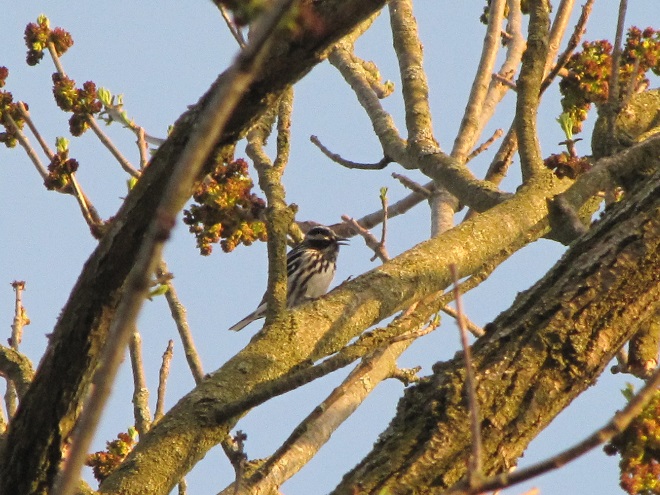

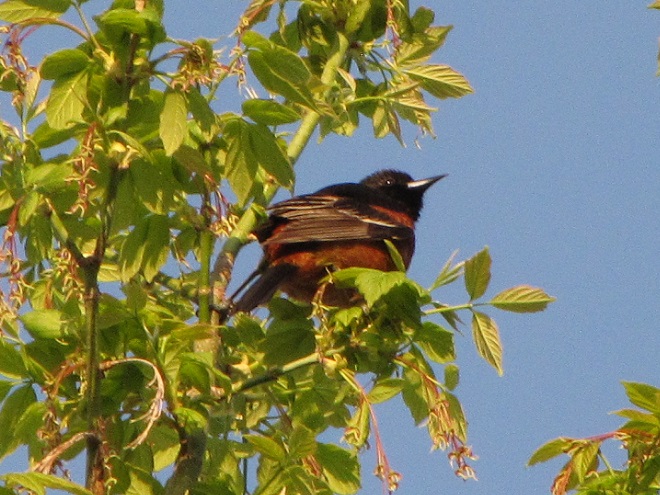
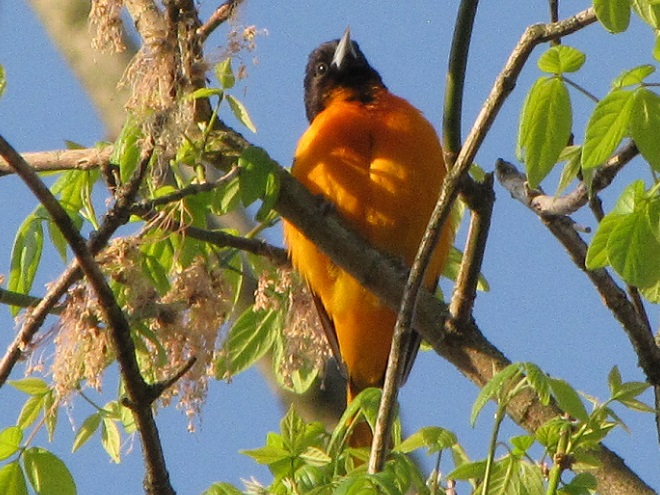
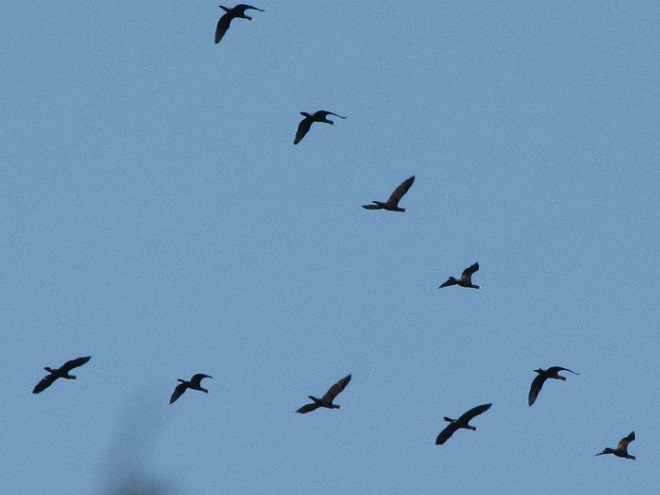

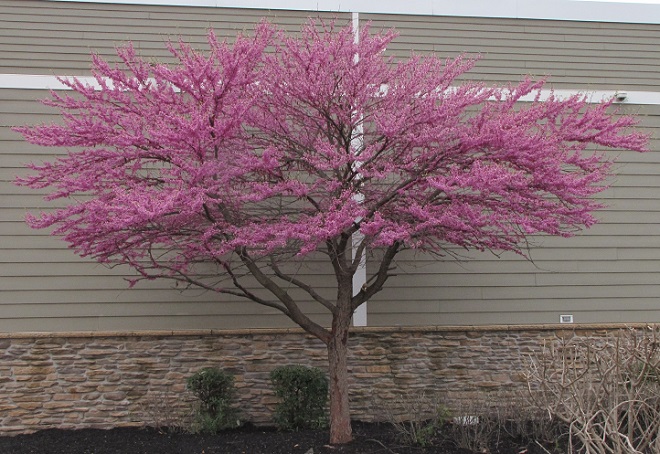
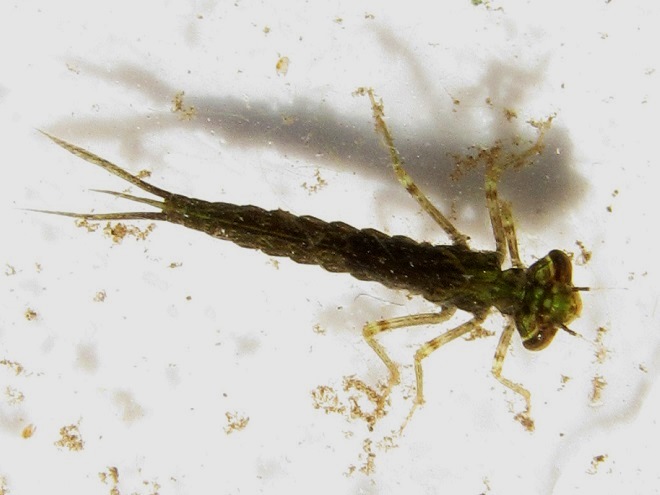
Rising prices, an exhausted workforce, political polarization, and pandemic fatigue—times are tough. Product shortages have the consumer culture in a near panic. Some say the future just isn’t what it used to be.
Well, Uncle Tyler Dyer reminds us that things could be worse. He shares with us this observation, “Man, as long as people are spending money poisoning the weeds on their lawns instead of eating them, things aren’t that bad.”
Uncle Ty is particularly fond of the Common Dandelion (Taraxacum officinale), “Check it out. Roasted dandelion roots can make a coffee substitute, the blossoms a wine, and the leaves used to create my favorites, nutrient-dense salads or green vegetable dishes.”


So have a homegrown salad and remember, maybe things aren’t that bad after all.
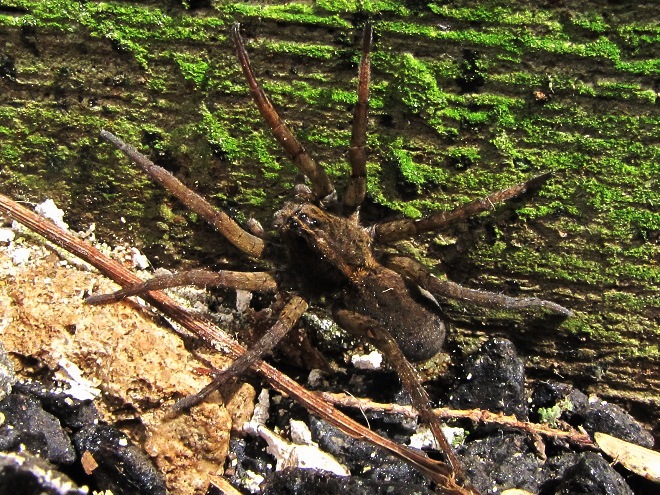

Along the lower Susquehanna, an unseasonably mild day in early spring can provide an observer with the opportunity to witness an annual spectacle seldom seen by the average visitor to the river—concentrations of dozens, sometimes hundreds, of turtles as they emerge from their winter slumber to bathe in the year’s first surge of warm air and sunshine.
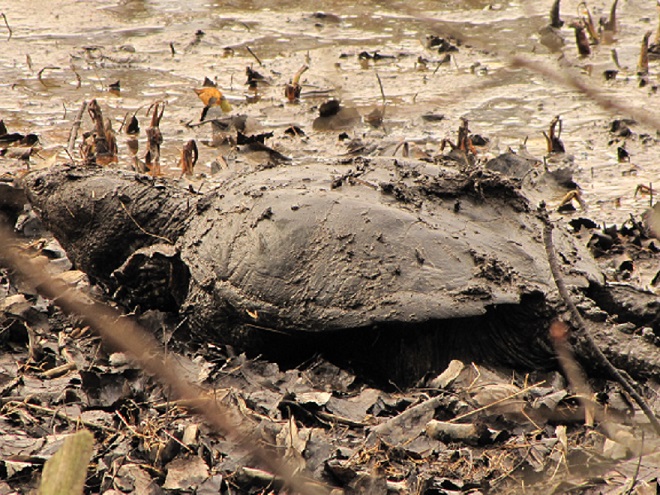
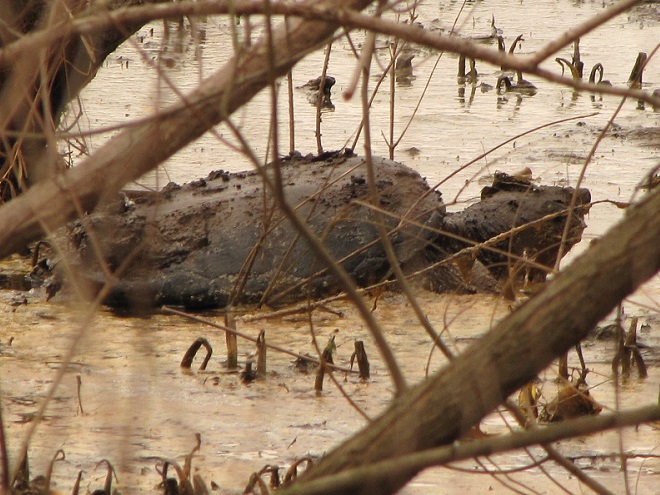

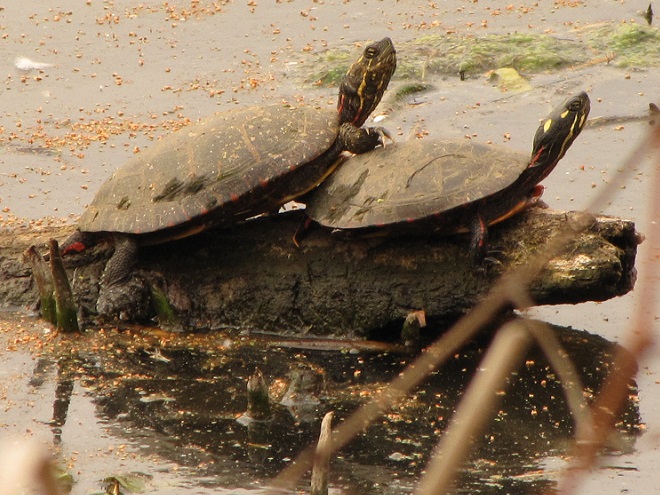


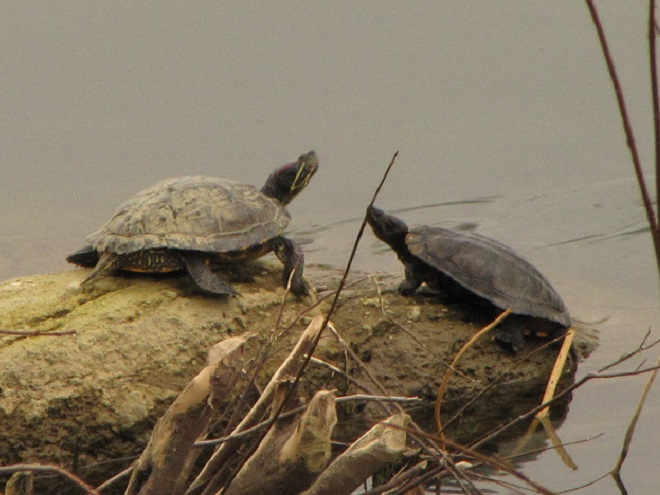


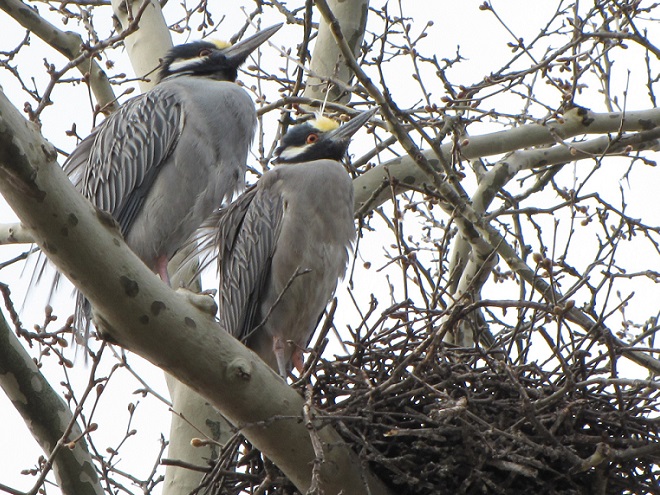
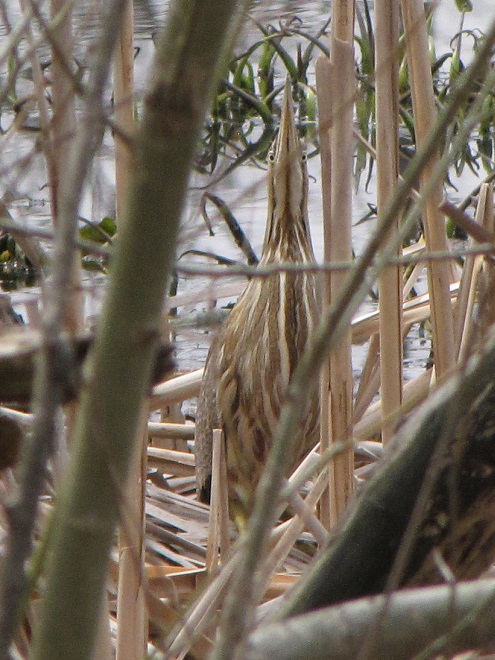
In late March and early April, a rainy night and fog at daybreak can lead to an ideal morning for spotting migratory waterfowl and seabirds during their layover on the lower Susquehanna. Visibility was just good enough to spot these birds at Harrisburg, Pennsylvania, most of them feeding at midriver.
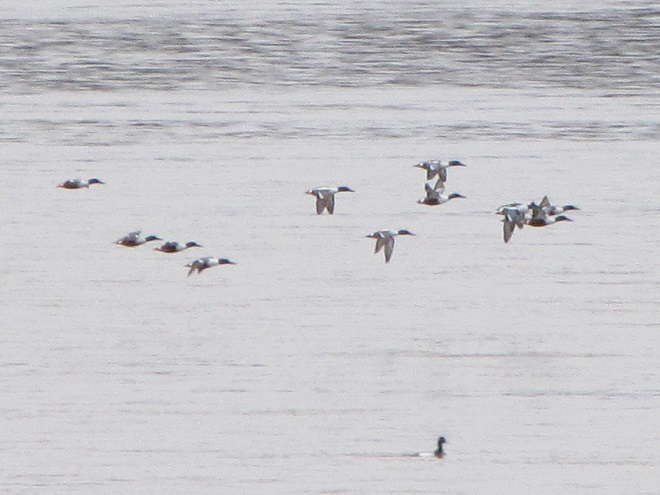





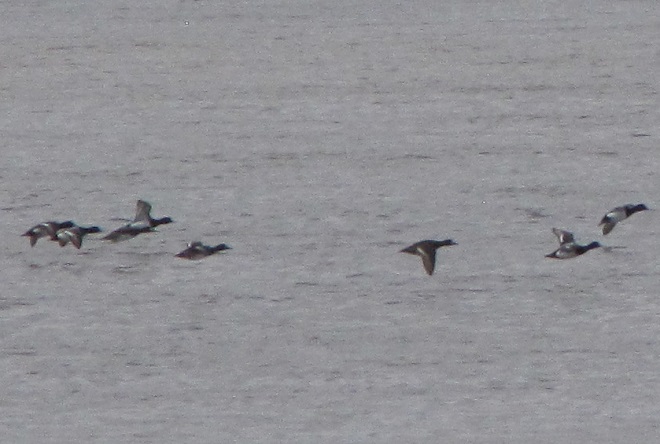

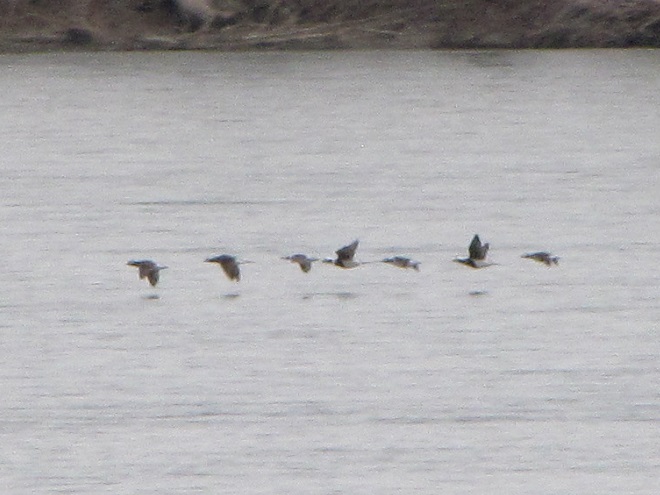
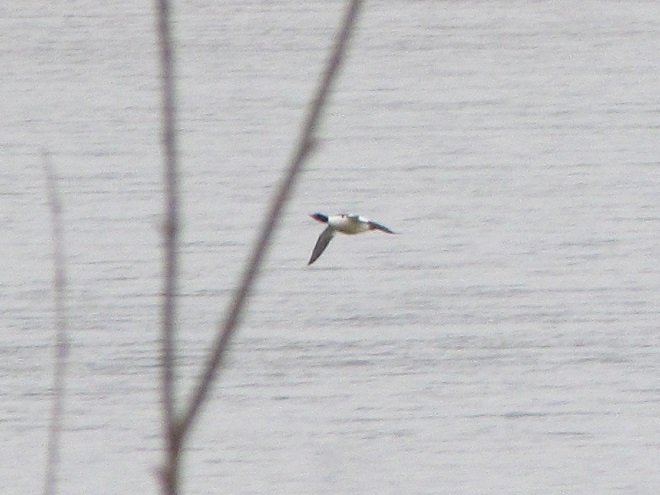

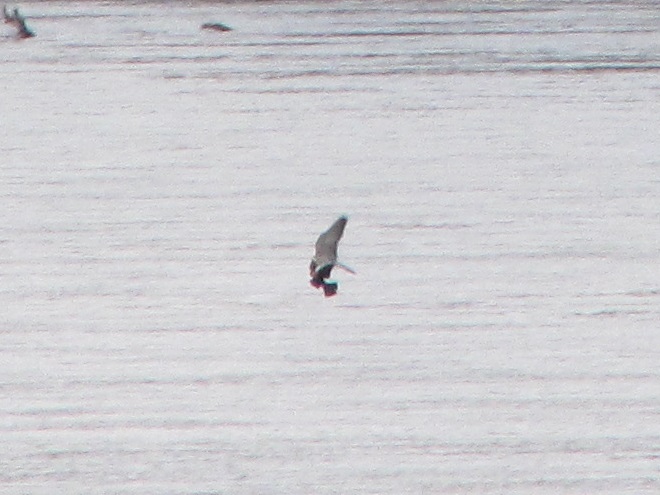


Birds that one might expect to see wintering among the surf and in tidal waters along the Atlantic coast are currently making their way up the Susquehanna on a route that will ultimately lead most to nesting sites in Canada. To see them as pass, one needs simply to find a good vantage point along the river from which to begin watching. Here are some of today’s sightings from the Veteran’s Memorial Bridge (Route 462) at Columbia/Wrightsville, Pennsylvania.
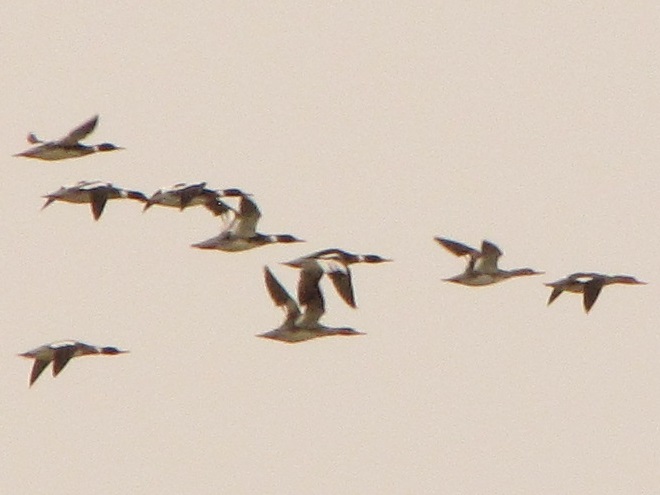

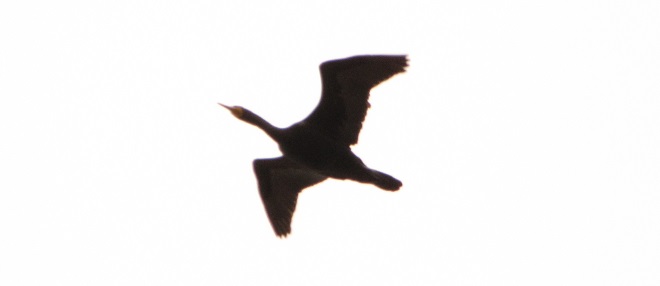

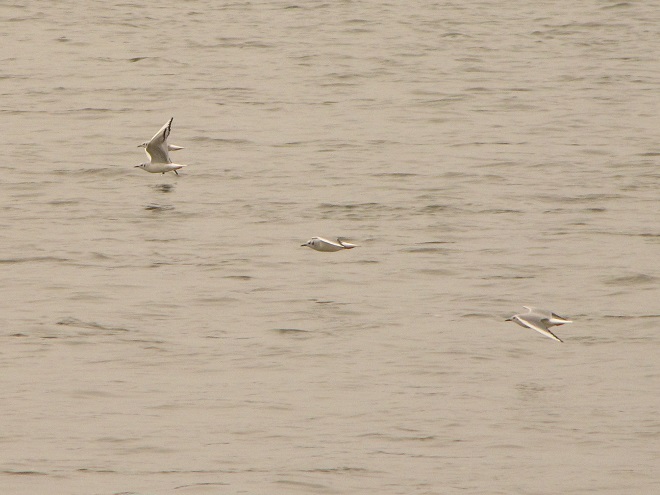


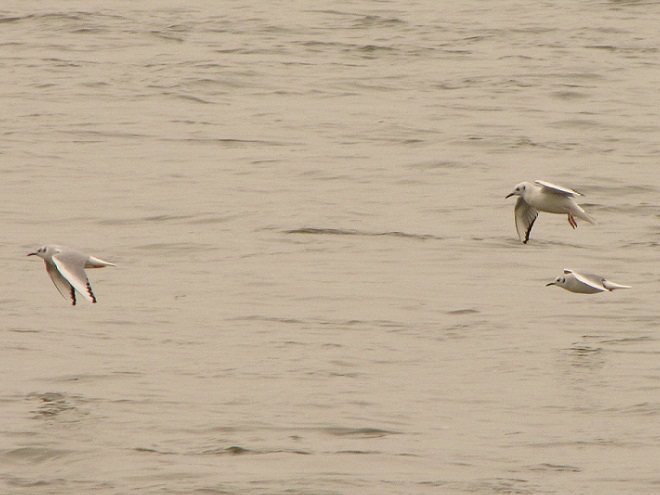

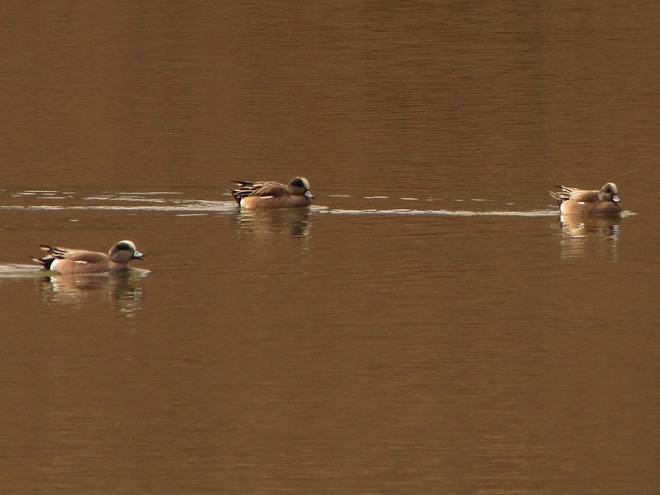
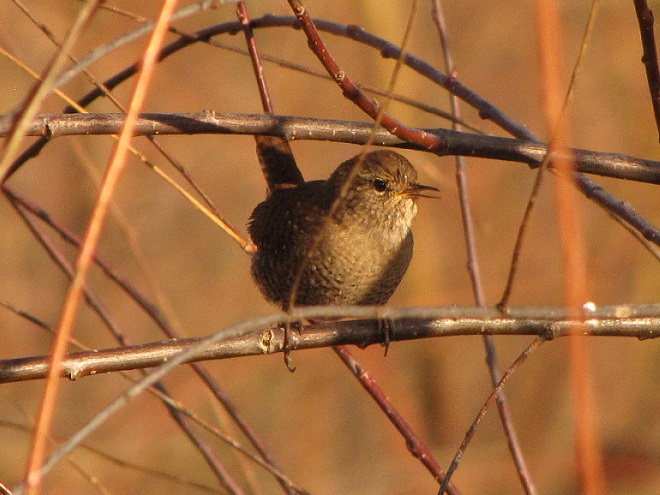
With large crowds of observers stopping by at the Pennsylvania Game Commission’s Middle Creek Wildlife Management Area to view the thousands of migrating Snow Geese and Tundra Swans there, you may not notice the smaller but just as enthusiastic crowd gathering at the refuge to see a single, rather inconspicuous waterfowl, a male Tufted Duck (Aythya fuligula). This extraordinarily rare visitor has been on the refuge for at least two weeks now. The Tufted Duck, a diving benthic feeder, is native to Europe and Asia, but this vagrant individual seems to be comfortable in the company of its North American counterparts, a flock of Ring-necked Ducks. Birders known as “listers” relish the chance to see such an unusual find. Many are traveling from bordering states for a chance to add it to their list of species observed during their lifetime—their “life list”.
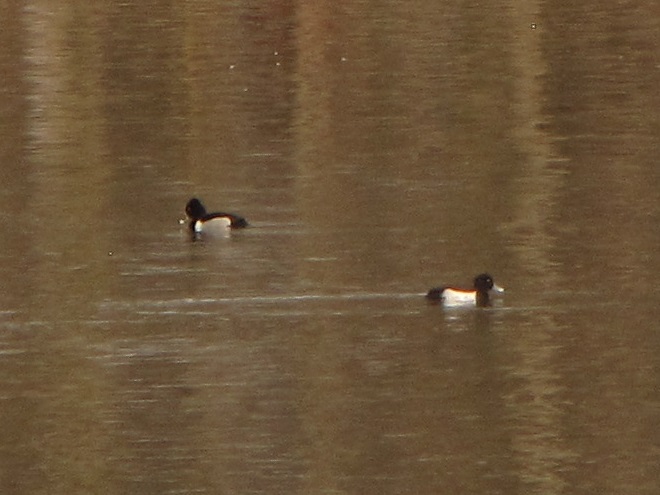

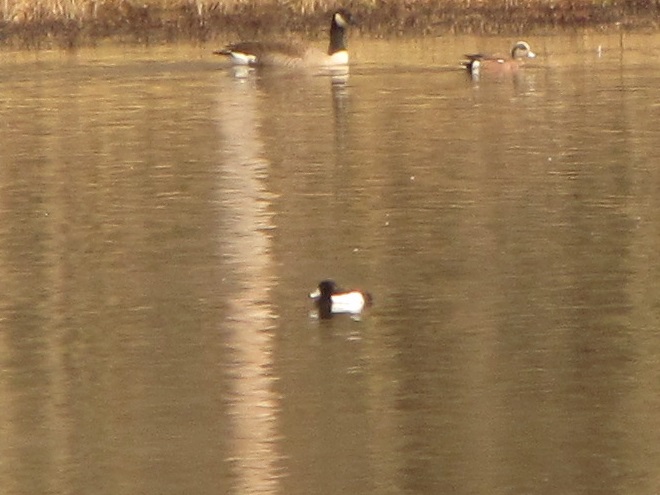
Want to start a “life list” of bird sightings? Just get out a piece of paper or start a document on your computer and jot down the name of the bird and the date and location where you saw it for the first time. That’s all there is to it. Beginning a “life list” can be the start of a lifelong passion. And a Tufted Duck wouldn’t be too shabby as the first “lifer” on your list.
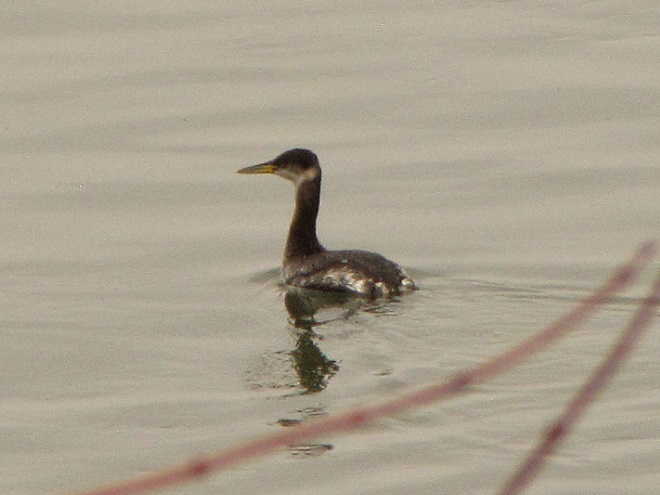
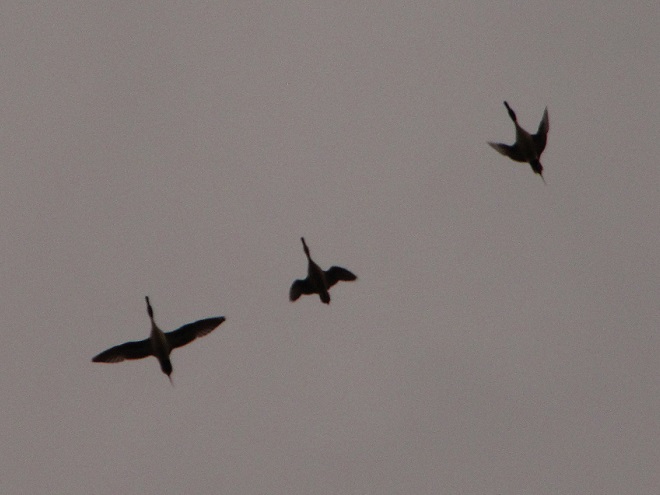
It’s that time of year—Snow Geese on their northbound migration, more than 100,000 of them, have arrived for a stopover at the Pennsylvania Game Commission’s Middle Creek Wildlife Management Area in Lancaster and Lebanon Counties. Get there now to see scenes like these in person…
